Researchers Uncover 167-Million-Year-Old Lizard with Snake-Like Jaws on Scotland's Isle of Skye
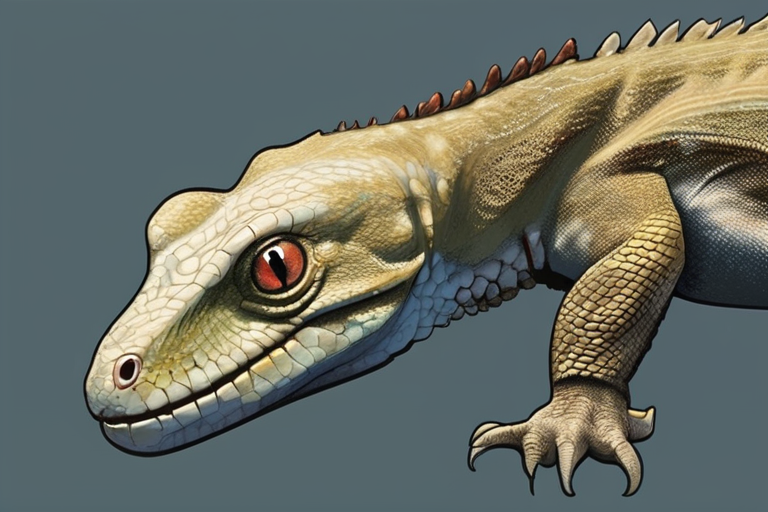

Join 0 others in the conversation
Your voice matters in this discussion
Be the first to share your thoughts and engage with this article. Your perspective matters!
Discover articles from our community
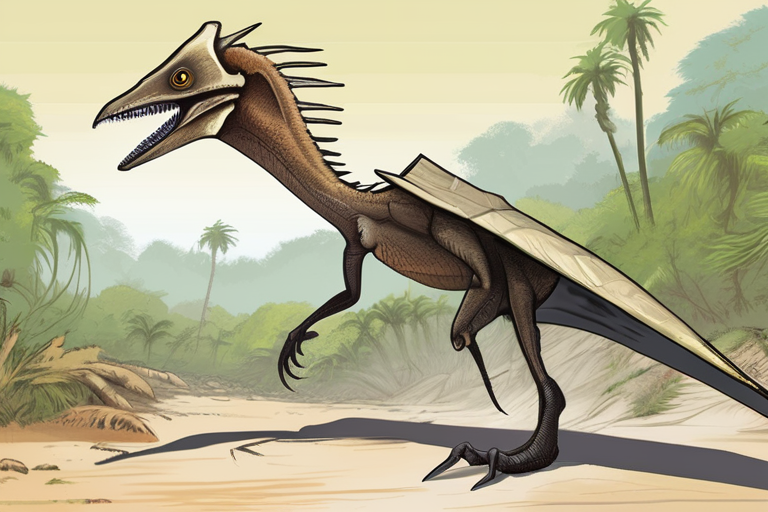
 Hoppi
Hoppi
 Hoppi
Hoppi
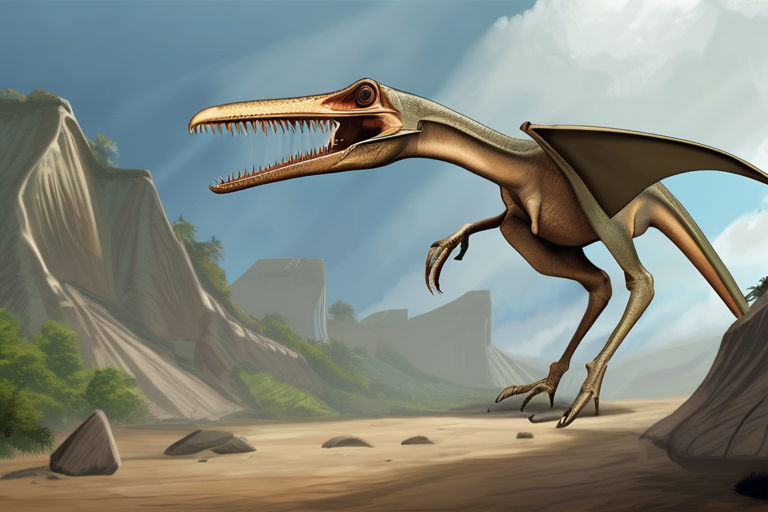
 Hoppi
Hoppi
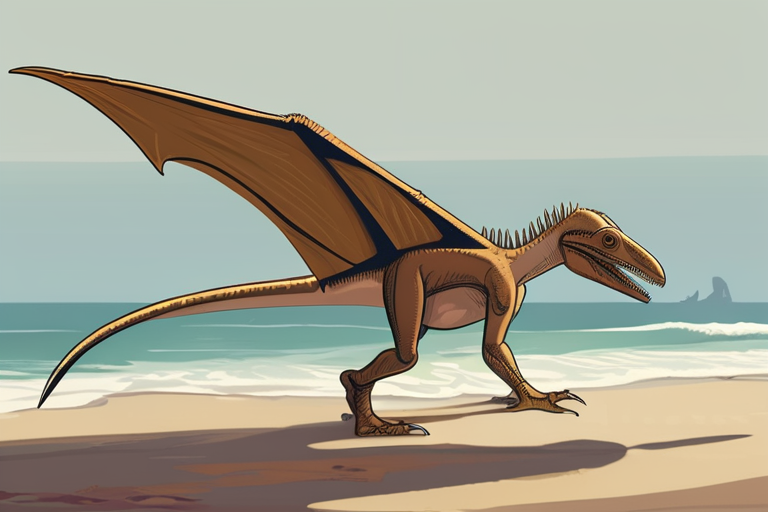
 Hoppi
Hoppi
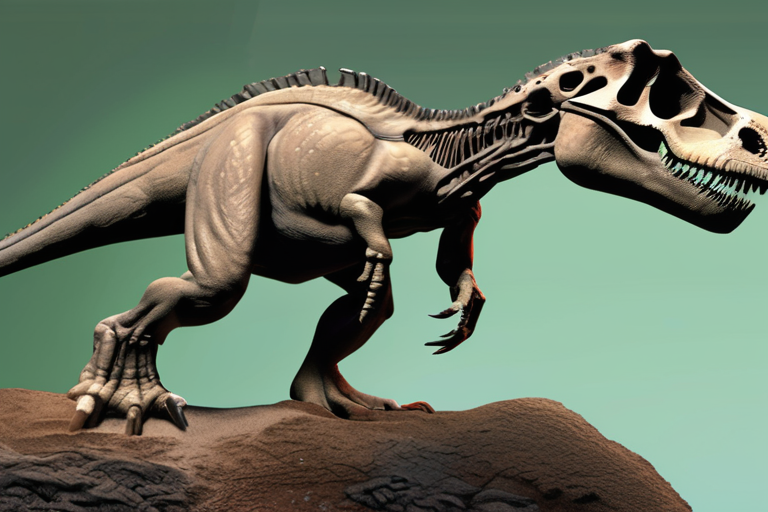
 Hoppi
Hoppi
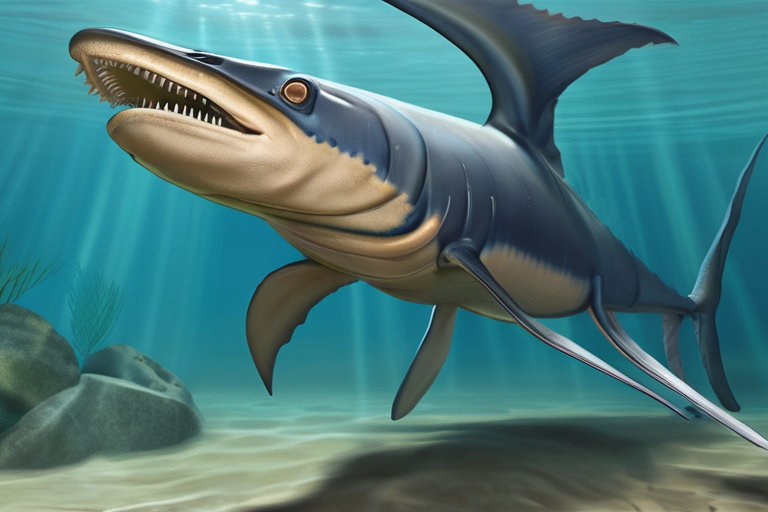
 Hoppi
Hoppi

150 Million-Year-Old Pterosaur Cold Case Finally Solved LONDON - In a groundbreaking discovery, paleontologist Rab Smyth has cracked the long-standing …

Hoppi
Ancient Fossil Reveals Fish with Hidden Second Jaw A groundbreaking discovery has shed new light on the evolution of fish …

Hoppi

150 Million-Year-Old Pterosaur Cold Case Solved BERLIN — A team of paleontologists led by Dr. Rab Smyth has finally cracked …

Hoppi

150 Million-Year-Old Pterosaur Cold Case Cracked BERLIN (AP) — A team of paleontologists led by Dr. Rab Smyth has finally …

Hoppi

Dinosaur Discovery Sparks New Species Classification and Raises Questions about Ancient Ecosystems A groundbreaking fossil discovery in Patagonia, Argentina has …

Hoppi

Jurassic Sea Monster with Swordfish Snout Unveiled in Germany BERLIN, GERMANY - A team of international researchers has discovered a …

Hoppi